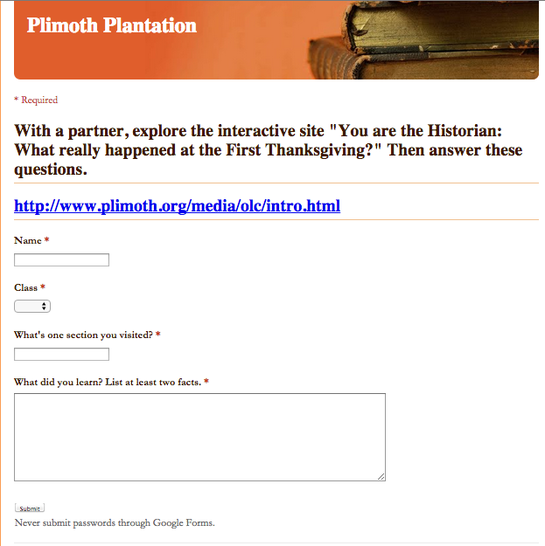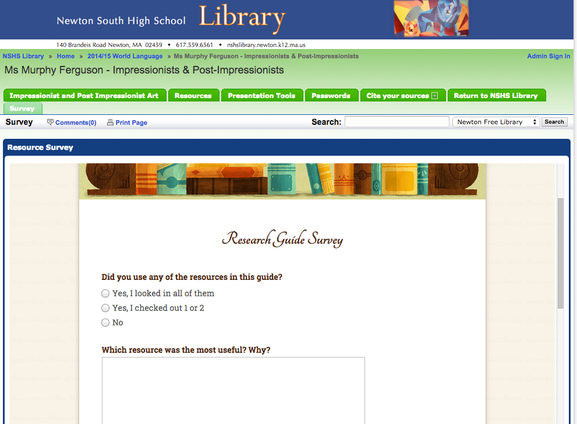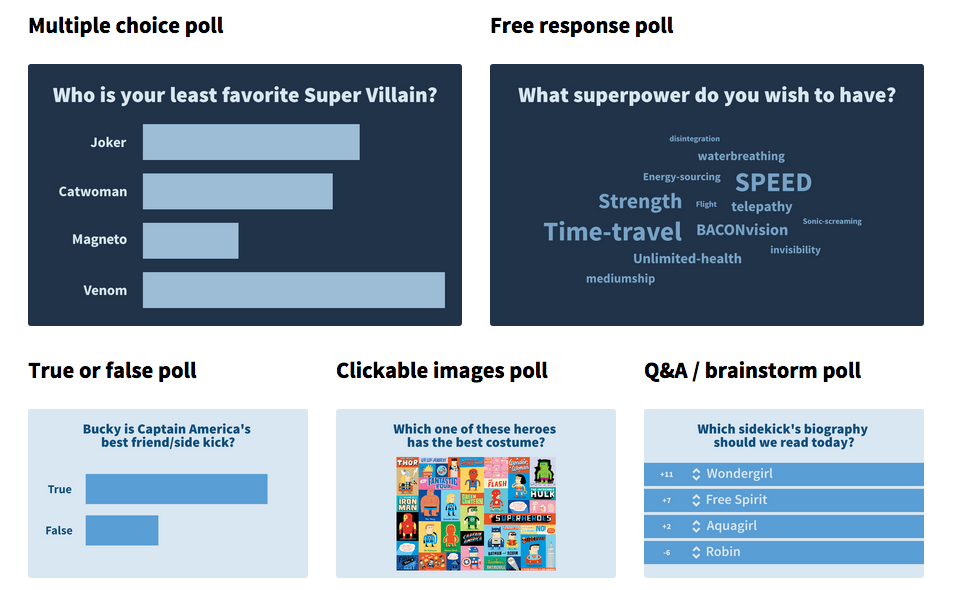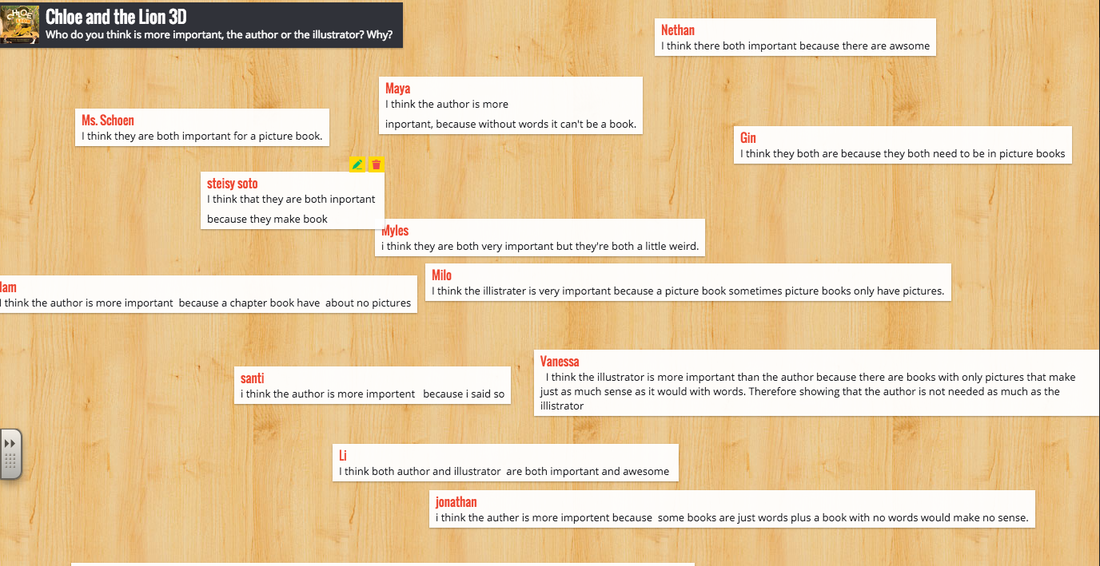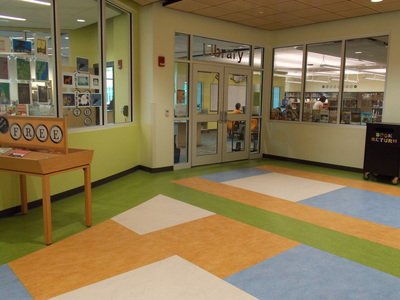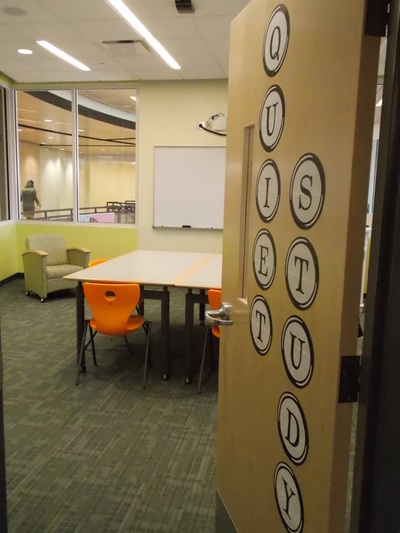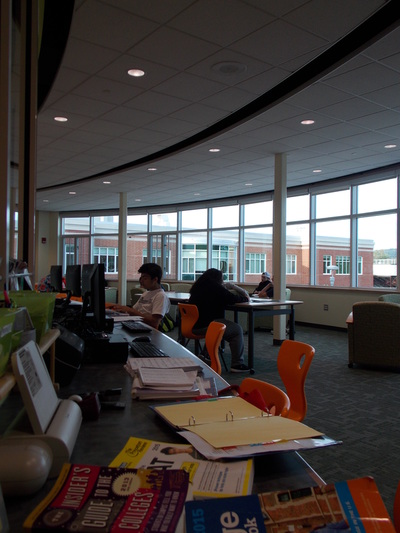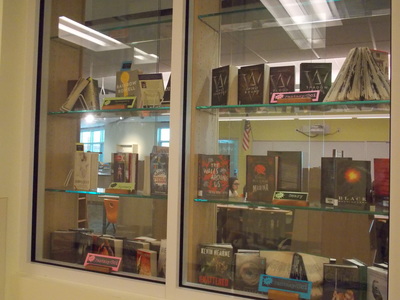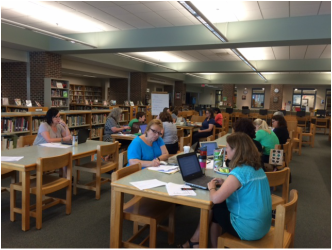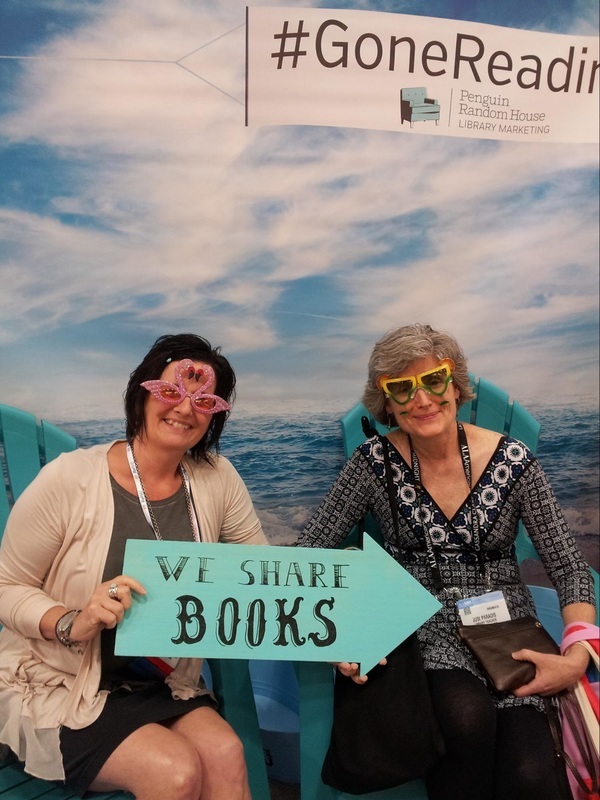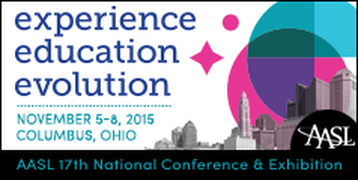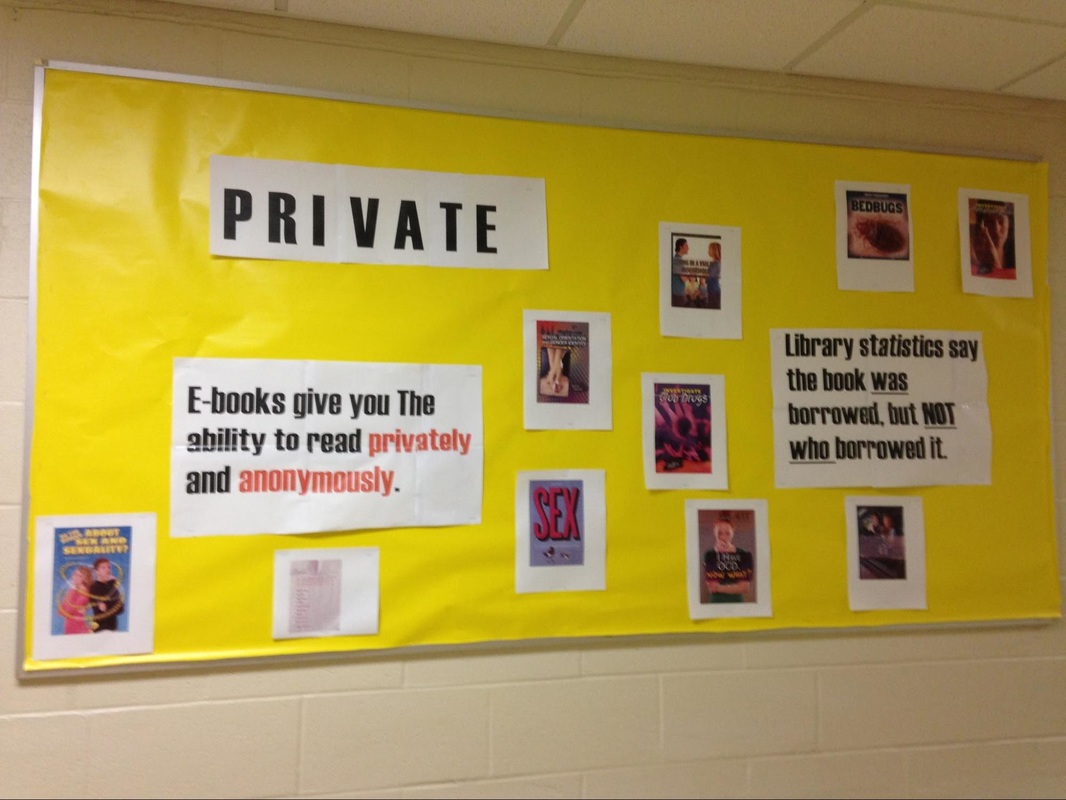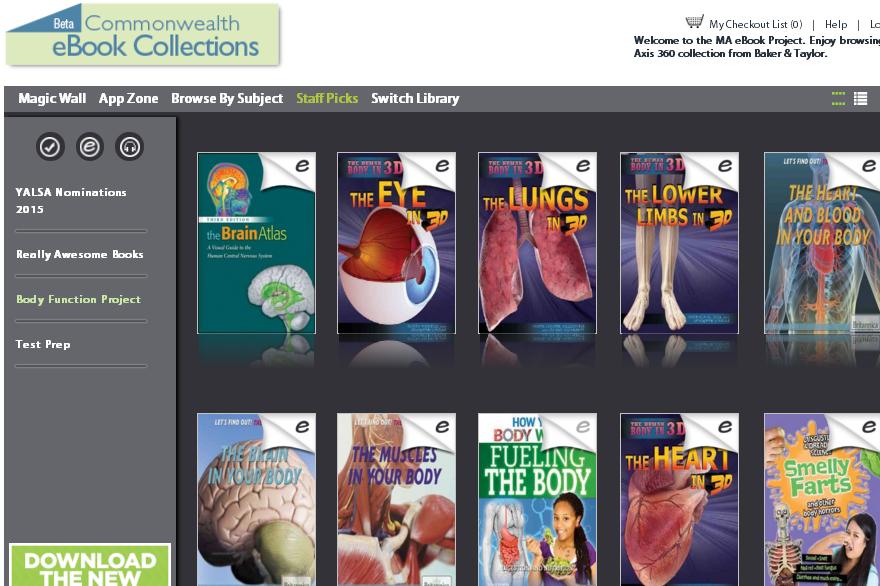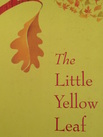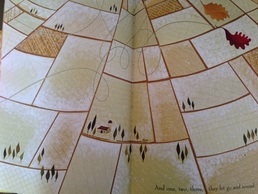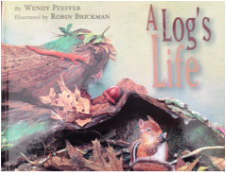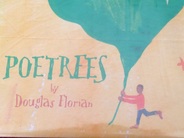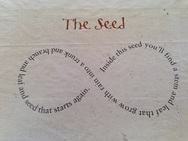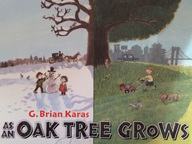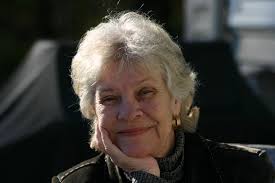Johann Wolfgang von Goeth
Currently, the different entities within MSLA are thinking about all of the elements of our profession and the tensions that are in our daily work lives. How can we assure that our members are getting the professional support necessary - while having the opportunity to develop skills that will assist with best practice, advocacy, and continuous forward movement in the profession? The MSLA executive board will focus on Advocacy this year. With the addition of our Advocacy Chair, Cathy Collins, we will delve into these topics. We are excited to have Cathy as part of our team. Also, watch for upcoming information on a Twitter Advocacy week with Amy Short - join us for collegial conversation around the topic of advocacy.
As the year unfolds new challenges will emerge. I hope that these challenges will push us to move out of our comfort zone and think reflectively about how we are using our position and the library space to bring positive influence into the lives of our colleagues and our students. Are we changing, renewing, and rejuvenating to bring new forward movement, best practice and positive advocacy to our school communities and our professional community? Your opinion matters. Bring your voice to the conversation.
Anita Cellucci is the Teacher Librarian at Westborough High School

